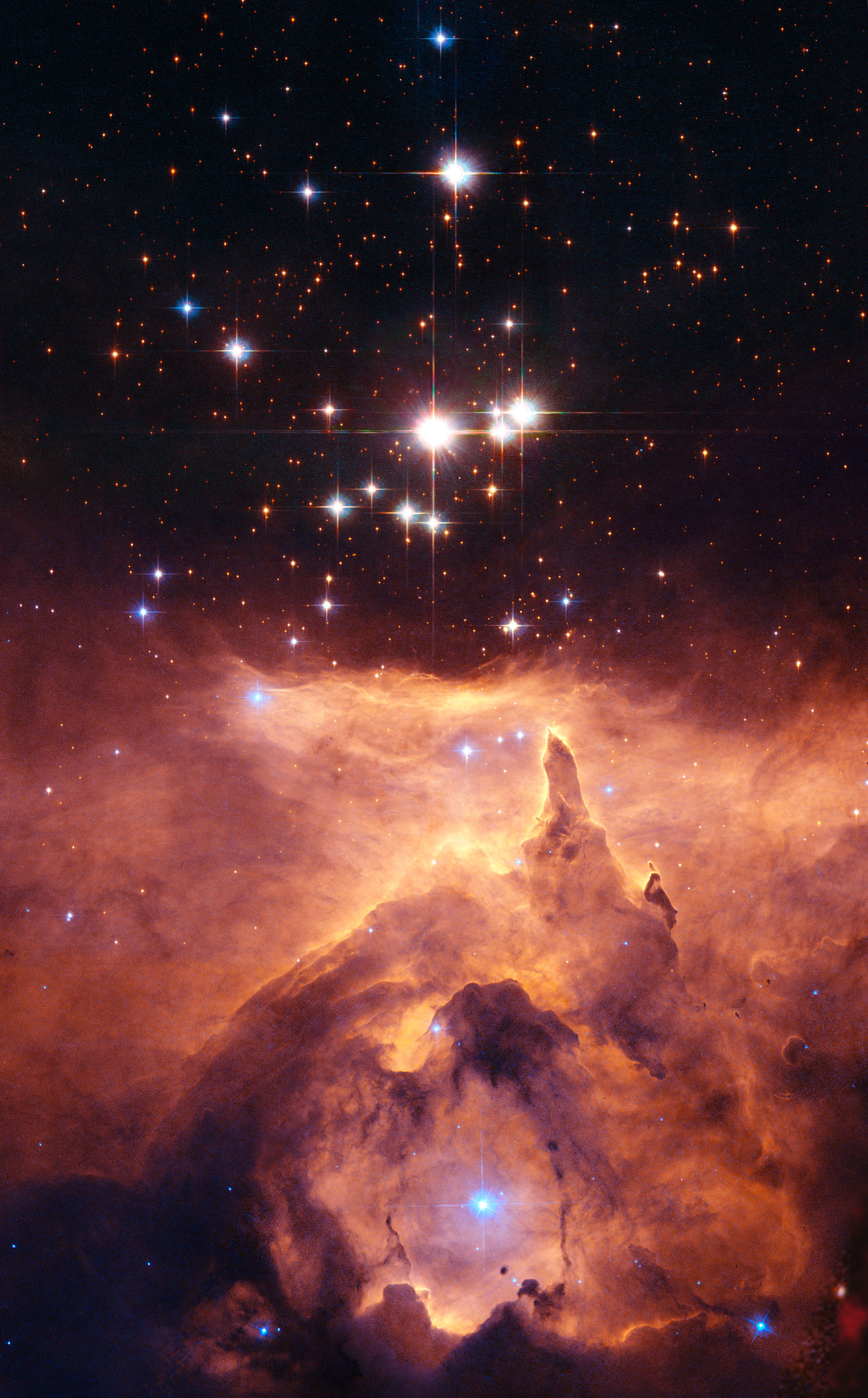Bob!
We move on to open clusters, in the hope that we may actually understand those, since they are smaller and more tractable for simulations, right?
Right...
"All you have to do is just go look..."
Typical densities - few per cubic parsec
velocity dispersion ~ km/sec
core radius ~ 1 pc
tidal radius ~ 10-20 pc
half mass relaxation time ~ 100 Myrs - ages from zero to several Gyrs
metallicities - -0.4 [Fe/H] +0.3
But what about NGC 6791 - old massive and metal rich... globular or open?
ok, so what we really need is a sensible definition of what is an open cluster vs what is a globular cluster that is consistent between observers and theorists...
ie not just "what it looks like" through an old refractor
but theoretical definitions need to relate to something observable...
So the interesting thing about open clusters, he says,
is that they are nearby, bright and not too crowded,
so put a multi-object spectrograph on it at a medium telescope and let it rip...
eg WIYN observations of NGC 6819
1517 stars observed with masses in 0.8 - 1.2 solar mass range
7698 velocities - ie 4-5 per star on average, with precision of 0.4 km/sec
133 binaries with P 10,000 days
and wtf is going on with triple S1082 in M67?!
cf Sandquist et al 2003
- recent quintuple merger? recent== envelope thermal time scale?
that is crazy
and what about Pismis 24...?

click to embiggen
NGC 6357 with Pismis 24 - the "War and Peace" Nebula





Let us not forget the `populous' clusters (eg. in LMC)! (I am not `up' on the latest on these, myself...how do these fit in anyway?) No `fundamental plane' of star clusters? sigma vs R vs central stellar density vs ..... ?
Unfortunately, sounds like it could end up as another vote at the IAU.
You and Bob...
sigh.
Ok, Pat gets the fish thrown at him!